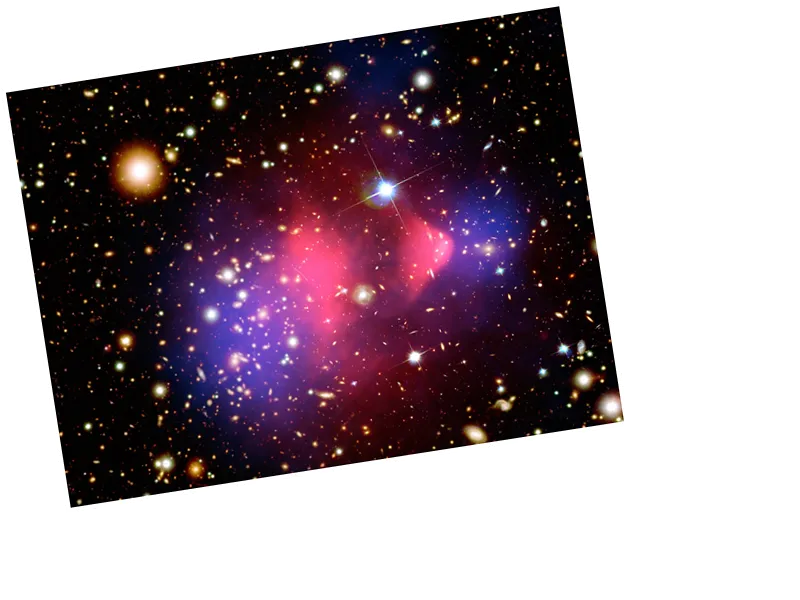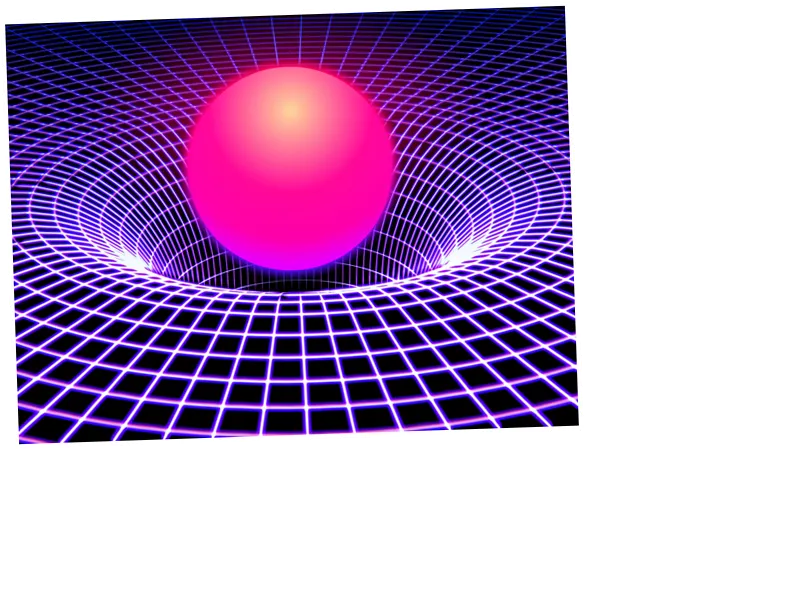Antimatter remains one of the biggest challenges in contemporary cosmology, particularly due to its elusive nature and the significant questions it raises about the universe's origins. The Alpha Magnetic Spectrometer aboard the International Space Station has been pivotal in detecting antimatter particles, including positrons and antihelium nuclei, leading to groundbreaking discussions among physicists. A recent study published in the journal Physical Review D proposes the existence of 'cosmic fireballs', which may explain the observed discrepancies in antimatter ratios that the Standard Model of Particle Physics cannot clarify.
Antimatter, predicted by physicist Paul Dirac in 1928, consists of particles with opposite charges to their matter counterparts. For instance, antimatter protons carry a negative charge, while positrons are positively charged. This fundamental difference means that when matter and antimatter collide, they annihilate each other, converting their mass into energy. The ongoing research into antimatter not only seeks to understand its origins but also aims to unravel the mystery of why our universe predominantly consists of ordinary matter, despite theories suggesting an equal distribution of matter and antimatter during the Big Bang.
The concept of 'cosmic fireballs' introduces a new dimension to the study of antimatter, suggesting that these dense regions of space may be responsible for the release of antiparticles into the universe. Researchers believe that further observations and experiments are necessary to validate this hypothesis and explore the potential implications for our understanding of dark matter, which constitutes a significant portion of the universe's mass but remains largely unobservable. The quest to solve the antimatter enigma continues, posing fundamental questions about the nature of the cosmos and the laws governing it.






